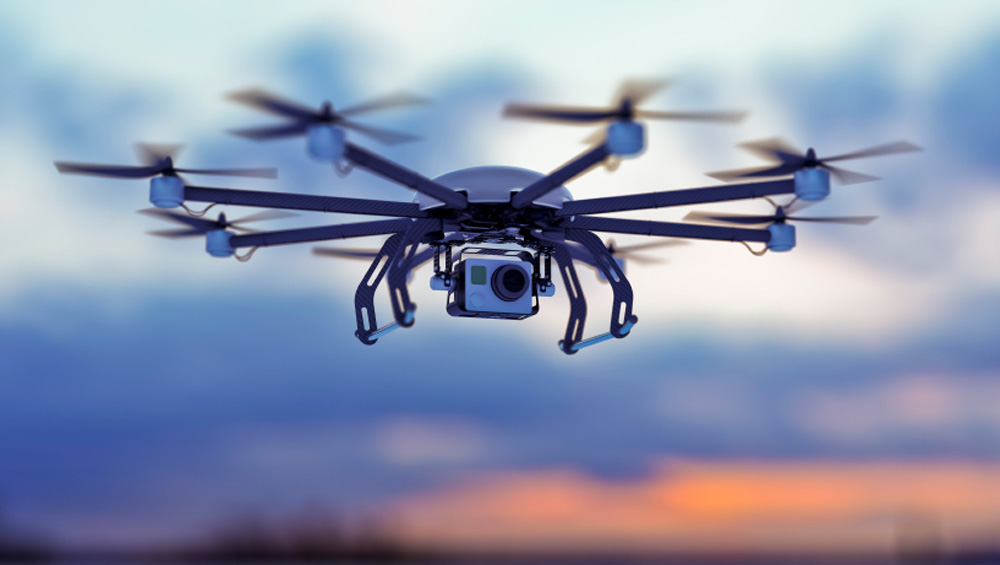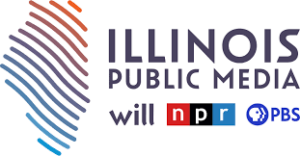
Collins | Remote ID Rules For Drones Up In The Air


Mary Collins
On Sept. 17, in an address to the Commercial UAV Expo, FAA Administrator Steve Dixon uttered words that seemed to unnerve the world of drone hobbyists. When talking about the agency’s efforts to create a remote identification system for drones, the so-called “drone license plate,” he said: “We’re working to establish a remote ID requirement so that drones will provide identification and location information that can be received by the FAA, law enforcement, and anyone with a smart phone.”
Reaction from bloggers was swift. DroneU asked: “How will the mass collection of drone data and American pilots be legal?” Paul Aitken of DroneXL was more direct: “This is terrible if not awful news for drone pilots who are fearful of being accosted by privacy advocates.”
Drones, “unmanned aircraft systems” (UAS), are a valuable, and relatively recent, newsgathering tool. According to Wikipedia, a BBC crew first used them for the purpose in 2013. Since that time, the technology has been instrumental in allowing journalists to capture footage of news events including severe weather, natural disasters and dangerous hot spots with less risk and greater clarity.
UAS, like other aircraft, are regulated by the Federal Aviation Administration, which issued the first regulations for drones in 2016. News organizations see them as safer and more cost-efficient than using manned aircraft in any number of situations.
Their potential is great, limited only by normal concerns and those FAA restrictions. When a newsgathering organization wants to fly them at night, over people, or “beyond the visual line of sight” (BVLOS) of the operator, it must have a waiver. As one would imagine, preparing such waiver requests is costly and time-consuming. When granted, they generally include a myriad of conditions.
The FAA has been working on its plans for Remote ID since late 2018 when it issued an RFI (Request for Information) to develop an industry cohort to explore technological solutions. At the end of 2019, the agency said it was on track to issue rules for the system by the end of 2020. In its December 2019 announcement, the agency set a comment deadline of March 2, 2020. It received more than 53,000 responses.
“The rules will apply to all UAS weighing more than .055 pounds and will affect commercial drone operators, hobbyists, and manufacturers,” says M. Anne Swanson, partner at Wilkinson Barker Knauer, in her article for the September/October issue of MFM’s member magazine, The Financial Manager. Swanson believes they will be “liberating for legitimate drone operators.”
Prior to this, the author says federal security agencies have “blocked the FAA’s efforts to adopt rules allowing expanded UAS operations because of lack of a remote ID system.” This change would also eliminate the current waiver system. All these changes, says the FAA, are contingent on the adoption of a remote ID system.
These rules will be part of the development of a UAS traffic management system, or air traffic control, for drones, the author writes. The media industry is ready and waiting to explore this new technology realizing that “drones can be used to shed light on newsworthy events in a way, and on a scale, not previously thought possible.”
Swanson say that the media industry supports the general concept of Remote ID but suggests some changes. Among these are the adoption of an “accredited news representative” designation. Like the bloggers above, the media industry is concerned that remote ID requirements could “infringe on media’s First Amendment protections.”
Technically Speaking
The two categories of remote ID capabilities proposed by the FAA, according to the author, are the Standard Remote ID and Limited Remote ID. Drones equipped with the Standard Remote ID would provide information about the UAS and its ground-control station using an internet connection and radiofrequency broadcasting. UAS using Limited Remote ID would transmit only their identification information via the internet. All information would be transmitted to a remote ID UAS “service supplier” (USS).
“Under the FAA’s proposals, UAS equipped with standard remote ID would be allowed to operate BVLOS,” says Swanson. Those with Limited Remote ID will only be permitted to operate within 400 feet of the pilot and within the pilot’s visual line of sight.
Media Industry Concerns
Media organizations formed a coalition to address their concerns about First Amendment rights with the FAA directly, writes Swanson. The group is urging the FAA to “exempt newsgatherers operating drones in ‘Class G’ airspaces from compliance with any remote ID requirements by establishing an ‘accredited news representative’ designation.” Class G airspace is no more than 1,200 feet above ground level.
Barring the exception, the media coalition felt a number of the proposals’ key elements would need to be reconsidered. Like the hobbyist bloggers, the coalition had particular concern about the way the remote ID system could facilitate the tracking of journalists. She says they also pointed out that unreliable wireless internet access “could preclude drone journalists from operating in many parts of the country, including rural areas and those impacted by natural disasters.”
Potential operational costs were also an issue for the group. The coalition questioned an FAA conclusion that standard remote ID would cost operators $2.50 a month, “a number some other parties have said overstates the likely cost.”
The group compares their request for the accredited news representative designation for drone operation to that which allows the media industry to operate manned aircraft “in ways that the general public may not.” Such permissions include those to enter restricted flight areas and switch off flight tracking data in certain situations.
Further, the coalition supports the use of a “session identification” option for UAS. The session ID would help protect the privacy of journalists operating in restricted airspace because their drones’ serial numbers would not be released. “Finally,” writes Swanson, “the news media coalition, along with the movie and cable industries, raised concerns about broad access to UAS database information.” The coalition is lobbying for a strict legal standard for law enforcement and security officials desiring to access UAS database information.
It’s not all bad news for the media industry. Swanson concludes her article saying that the good working relationship between the media and the FAA should serve both parties well as these specifications are developed. There’s no question that both groups are committed to and concerned for aviation safety. “Given the news media’s support of the overall adoption of a remote ID regime, it is highly likely that the parties will be able to come to accommodations in the final rules.”
Anne Swanson’s article, titled “Above and Beyond” also includes an overview of the basic technical requirements for the remote ID system and a sidebar outlining the proposed timeline for the transition. The complete issue of the September/October issue of TFM, which includes Swanson’s article, is available on the MFM website for a couple more weeks. After that, it will only be available to MFM members.
Mary M. Collins is president and CEO of the Media Financial Management Association and its BCCA subsidiary, the media industry’s credit association. She can be reached at [email protected] and via the association’s LinkedIn, Facebook, Instagram, and Twitter accounts.
































Comments (0)